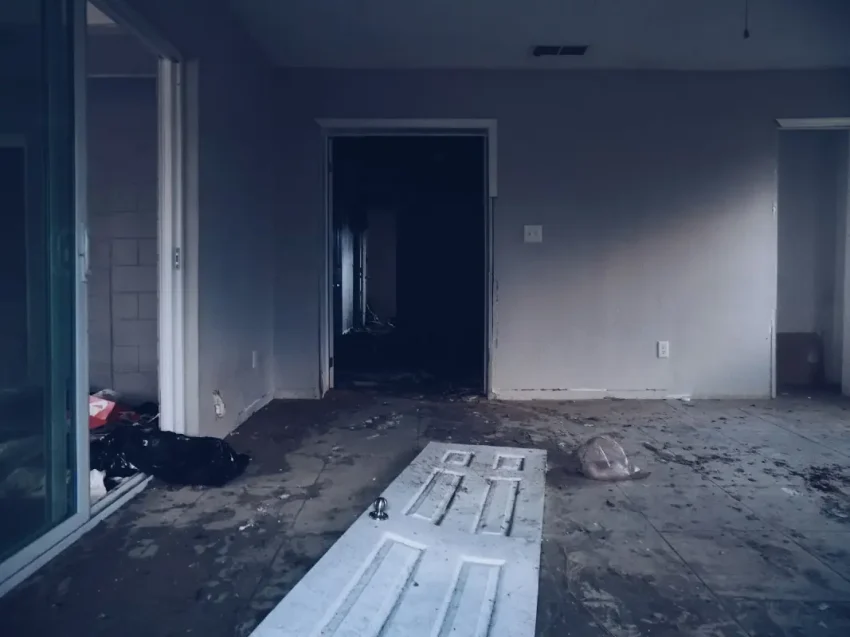Renovating Your Property: A Practical Guide You Need to Follow

Every property needs a refresh at some point. Whether you’re planning to upgrade a single room or overhaul the entire space, renovation can transform how you feel about your home. It can improve comfort, improve functionality, and help you get more value out of your investment. But before knocking down walls or ripping up floors, you need a solid plan.
A successful renovation blends creativity with practicality. This guide walks you through the critical stages of a renovation project so you avoid expensive mistakes and make informed decisions from day one.
Contents
Bring in the Right Experts Early
Starting with the right team saves time and money. A renovation often reveals hidden issues that are better handled by those with the right tools and experience. Whether it’s electrical rewiring, plumbing adjustments, or major structural changes, professionals understand the technical requirements.
If your home has a basement that needs attention, a local basement renovation company can offer insights into the best way to deal with moisture control, lighting, insulation, and layout design. Choosing a team familiar with your area also means they know local codes and permit processes, which smooths out paperwork and inspection stages. Think of expert advice as the foundation for everything that follows.
Define Your Renovation Goals Clearly
Before buying a single tile or comparing color swatches, know what you’re trying to achieve. Are you trying to improve energy efficiency? Create more living space? Prepare the home for resale? Defining goals early keeps your project focused and makes every design and spending choice easier.
This is when you lay out a clear budget. Break it down by category—materials, labor, permits, contingencies. Be honest with yourself about what you can realistically afford. Avoid vague terms like “nice kitchen” or “more space.” Instead, describe what success looks like: “Add 150 square feet to the kitchen,” or “Convert half the basement into an office.” Clarity now leads to fewer regrets later.
Do the Paperwork Before You Swing a Hammer
It’s tempting to start with the fun part—the demolition. But skipping over zoning laws, building codes, and permits can lead to steep fines, project delays, or even having to redo work from scratch. Every town has its own rules, and what’s allowed in one neighborhood may be restricted in another.
Reach out to your local building authority early in the process. Ask what’s needed for your specific type of renovation. Do you need a permit to take down a wall? Is your area subject to special heritage restrictions? If you live in a community with a homeowners’ association, check their rules too. Skipping this step may seem harmless at first, but it can unravel the entire project.
Choose Materials That Balance Style and Durability
A renovation should look good, but not at the expense of function. Materials should match your lifestyle. Have kids or pets? That soft wool carpet may not last a year. Cook every day? That sleek countertop might stain or chip. Beautiful materials are everywhere, but not all are created equal.
Think long term. Look for products that can handle everyday wear and tear. Stone, engineered wood, and high-pressure laminates often offer better value over time than trendier but fragile finishes. This doesn’t mean you have to sacrifice style—just pick materials that match how you live. Talking to contractors or showroom consultants can help you sort through what’s fashionable but impractical.
Stay Involved Throughout the Process
Even with a great team, your input still matters. Keep communication open with your contractor or designer. Don’t be afraid to ask questions if something doesn’t look right or if you’re unsure about a decision. Trust is important, but no one understands what you want better than you.
Visit the site regularly. Take pictures of progress. Review receipts and plans. Projects can shift—materials run out, unexpected issues arise, timelines change. Staying present means you catch small problems before they grow into major headaches. Even just walking through the space weekly can make a big difference in keeping things on track.
Prepare for the Unexpected and Be Flexible
No renovation goes exactly according to plan. Walls hide plumbing issues, delivery dates shift, and weather delays can throw off timelines. The more flexible your mindset, the better your experience will be. It helps to set aside extra time and money in your budget for surprises—10 to 20 percent is common.
Your choices may also evolve. You might discover that the open floor plan you imagined isn’t practical, or that a new finish looks better than what you initially picked. Don’t let early decisions lock you into something that doesn’t feel right anymore. Allowing space for change can turn a good renovation into a great one.
Renovating a home is more than just updating finishes or expanding square footage. It’s a chance to rethink how you live and create a space that truly fits your needs. With careful planning, the right help, and a willingness to adapt, you can avoid common pitfalls and enjoy the process instead of dreading it.
Start with clear goals, get the legalities right, choose smart materials, and keep communication strong. Above all, approach your renovation as a journey—one that rewards patience, preparation, and persistence.



